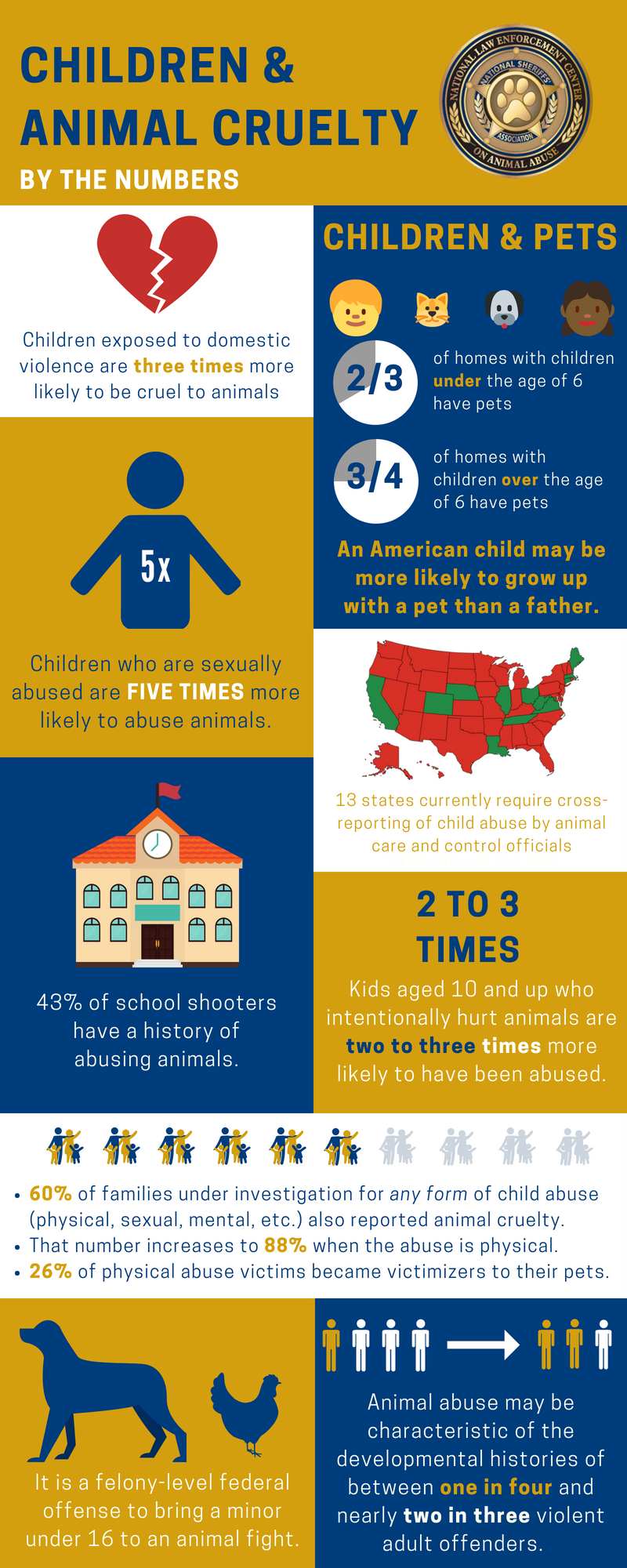Animal cruelty is a pervasive issue that plagues societies across the globe. It is a term that encompasses a wide range of actions, behaviors, and neglect, all of which inflict harm upon animals. Understanding what animal cruelty means is paramount for concerned citizens who wish to advocate for the voiceless victims in our midst. This thorough guide delineates the various types of animal cruelty, its manifestations, legal implications, and ways one can make a difference.
At its core, animal cruelty can be classified into two primary categories: active cruelty and passive cruelty. Active cruelty includes intentional acts of violence or harm against animals. This can manifest as physical abuse, such as beating, torturing, or maiming an animal. It may also involve psychological torment, such as abandonment or deprivation of essential needs, which can lead to significant distress for the animal.
Passive cruelty, conversely, stems from neglect or failure to provide proper care. This may be seen in cases where animals are left without adequate food, water, shelter, or veterinary care. Such negligence can lead to suffering and, in many cases, death. The critical distinction between these two forms of cruelty lies in the intent behind the actions: active cruelty is intentional, while passive cruelty often arises from ignorance or apathy.
The physical manifestations of animal cruelty are broad and alarming. For instance, physical abuse can leave animals with visible injuries, such as bruises, broken bones, or wounds, while neglect may result in malnutrition, dehydration, or grave dental issues. Additionally, abuse can lead to behavioral changes. Animals may become fearful, aggressive, or withdrawn, reflecting the psychological scars inflicted upon them.
With the advent of technology, animal cruelty has evolved in its prevalence and formats. Online platforms can often serve as a breeding ground for abhorrent behaviors, including the production and dissemination of animal fighting videos or the illegal sale of exotic pets. Such actions are not only morally repugnant but also violate numerous laws designed to protect animal welfare.
Laws against animal cruelty vary significantly across jurisdictions, forming a patchwork of regulations that often leave large gaps in protection. In many countries, animal cruelty is a criminal offense, punishable by fines, imprisonment, or both. However, the enforcement of these laws can often be ineffective, primarily due to insufficient funding, lack of awareness, or societal desensitization to the issue. These legal frameworks play an essential role in deterring cruelty but often fall short of addressing the root causes of such behavior.
Organizations dedicated to this cause, such as animal control agencies, humane societies, and rescue groups, work tirelessly to combat animal cruelty. Their responsibilities encompass rescuing abused or neglected animals, providing medical care, and educating the public about proper animal care and welfare. It is through these organizations that many animals find refuge from their harrowing circumstances and begin the journey towards recovery.
For concerned citizens, understanding the signs of animal cruelty is crucial. Being aware of the indicators—meager or absent food and water, visible injuries, or an animal exhibiting fear of humans—can often be the first step in initiating change. Community vigilance can aid in reporting suspected cases to the appropriate authorities. Most jurisdictions provide hotlines or online forms for reporting animal cruelty anonymously. It is essential for individuals to recognize that taking action can save lives.
Moreover, advocacy extends beyond immediate intervention. Engaging in community education initiatives plays a fundamental role in fostering compassion and responsible pet ownership. By collaborating with local shelters and educational institutions, one can help to raise awareness about humane treatment and the responsibilities that accompany pet ownership.
Additionally, utilitarian approaches are imperative in advocating for policy changes. Encouraging lawmakers to strengthen animal welfare legislation can have lasting implications for curbing animal cruelty on a larger scale. Each citizen can contribute by voicing their support for bills aimed at improving animal protection and advocating for tougher penalties against offenders.
Moreover, fostering community partnerships can catalyze a cultural shift towards more humane attitudes and behaviors. Previous successful campaigns have shown that compassion can be cultivated through collaborative community events, fostering a shared sense of responsibility towards animal welfare.
Volunteering at local animal shelters can also provide tangible support. These organizations often face overwhelming demands and limited resources. Offering time, skills, or even financial support can make a significant difference in the lives of animals in need. Individuals can also consider fostering animals, providing a safe and loving environment for those transitioning from abuse or abandonment.
In conclusion, the complexity of animal cruelty requires a multi-faceted approach to effectively combat it. By understanding the distinctions between active and passive cruelty, recognizing the signs, advocating for stronger laws, and cultivating compassion within communities, concerned citizens can make a substantial impact. Each effort, no matter how small, contributes to a larger movement towards a society where all animals are treated with dignity and respect. It is only through concerted action and unwavering commitment that we can hope to eradicate cruelty and create a world in which every creature can thrive.








